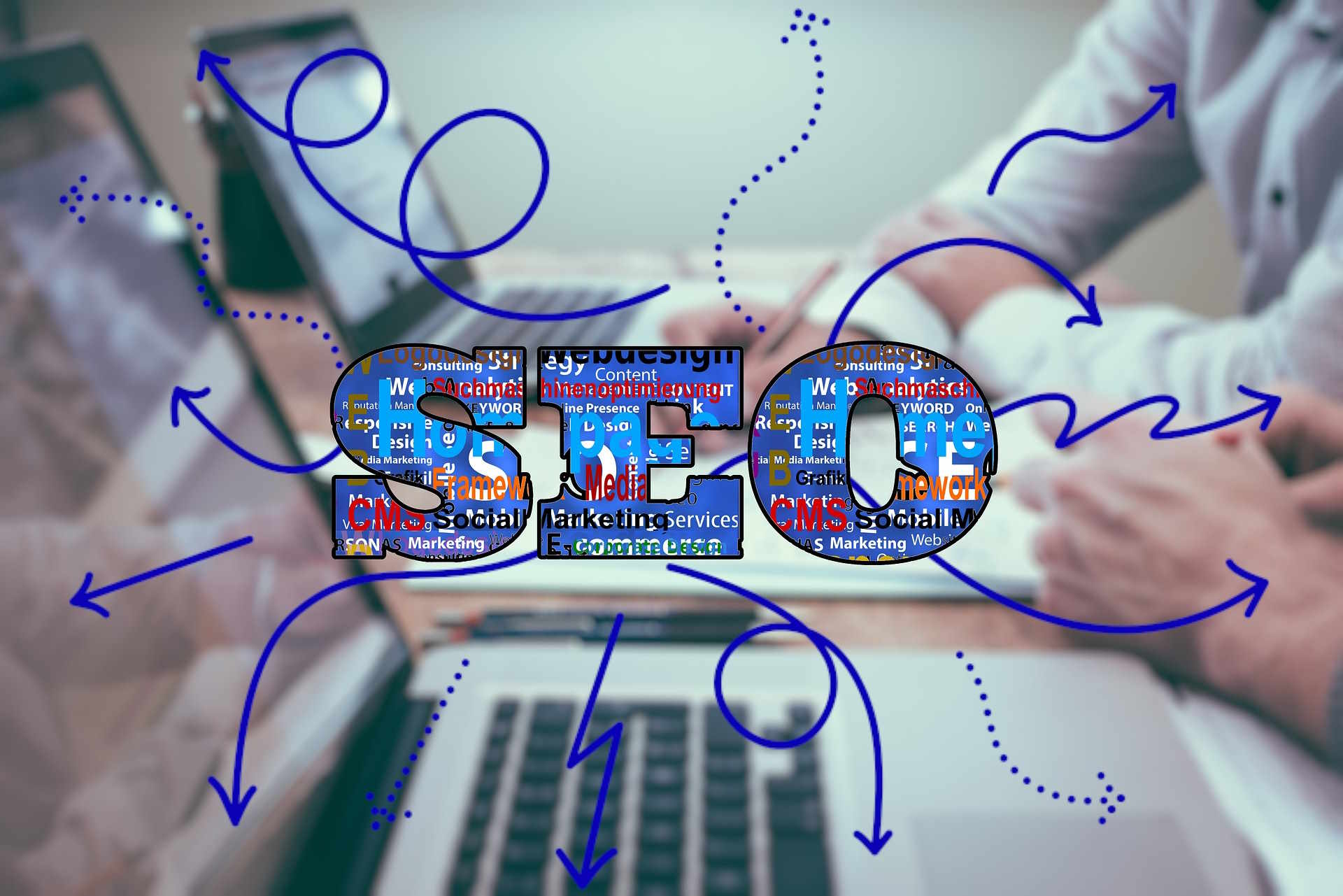Email Marketing Strategy for Small Business Growth
Email marketing remains one of the most reliable channels for reaching customers directly, nurturing relationships, and driving conversions. For businesses of any size, a clear strategy that combines targeted lists, compelling content, and the right software plus automation can boost engagement and revenue. This article breaks down key elements so you can build smarter campaigns.

What is email marketing?
Email marketing is the practice of sending targeted messages to a list of subscribers to inform, engage, and convert. It includes newsletters, promotional campaigns, transactional messages, and drip sequences. Unlike one-off ads, email lets you deliver personalized content over time, making it easier to build trust and move recipients through a sales funnel. Effective email marketing balances relevance, frequency, and clear calls to action.
How does email fit into digital marketing?
Email is central to broader digital marketing because it connects earned and paid channels: social posts, search ads, and content marketing drive sign-ups, and email converts that interest into action. It’s measurable—open rates, click-throughs, and conversions feed back into your digital strategy—so you can optimize landing pages, ad creative, and audience segmentation. Used with CRM and analytics, email amplifies the ROI of other digital efforts.
Why should businesses use email marketing?
Businesses use email because it’s cost-effective and scalable. A well-segmented list lets you deliver different offers to prospects, repeat customers, and lapsed buyers. Email supports lifecycle marketing—welcome sequences for new subscribers, onboarding for new customers, and re-engagement for dormant contacts—helping increase customer lifetime value. For small businesses and larger enterprises alike, email provides direct control over audience communication without dependence on third-party algorithms.
Which software powers effective campaigns?
Choosing email marketing software depends on volume, needed features, and integration. Look for tools with list management, templates, A/B testing, analytics, and API or native integrations with your website and CRM. Many platforms also include landing pages, signup forms, and deliverability support. Prioritize usability and reporting—platforms that simplify segmentation and performance tracking let teams iterate faster and improve campaign outcomes over time.
How does automation improve email results?
Automation transforms repetitive tasks—welcome messages, abandoned-cart reminders, and renewal prompts—into timely, behavior-driven experiences. Triggered emails typically outperform batch sends because they arrive when intent is highest. Automation also enables multi-step nurturing, scoring leads, and routing high-value prospects to sales. When combined with dynamic content, automation personalizes messaging at scale while saving time and reducing manual errors.
What metrics matter for email marketing automation?
Track open rates, click-through rates, conversion rates, unsubscribe rates, and deliverability to understand campaign health. For automated flows, monitor time-to-conversion and drop-off points within sequences to refine triggers and content. Segment-level metrics are crucial: different audience slices will respond differently, so analyze by cohort, source, and behavior. Regularly run A/B tests on subject lines, send time, and content blocks to incrementally lift performance.
Conclusion
Email marketing is a flexible, measurable channel that supports customer acquisition, retention, and revenue growth. By aligning email with your digital marketing mix, choosing software that fits your needs, and using automation wisely, businesses can deliver more relevant experiences and better outcomes. Consistent measurement and iterative testing keep campaigns effective as customer preferences and technologies evolve.






